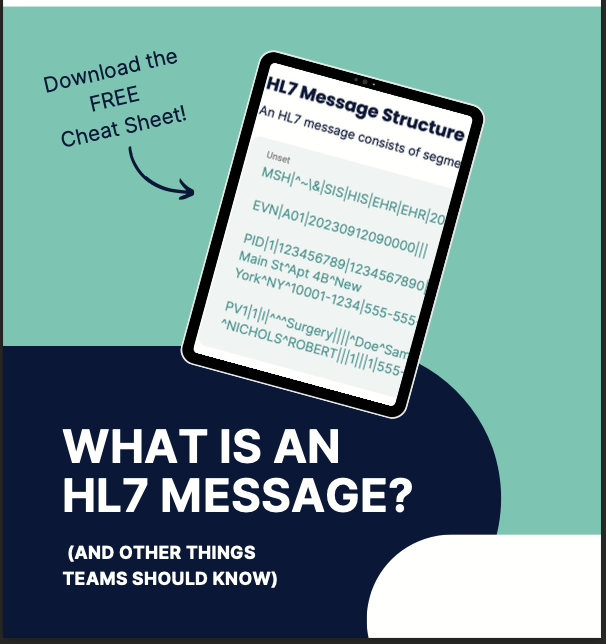
This guide is written for Technical Project Managers. If you’re interested in partnering together, let us know! sales@primary.health
HL7 messages are a core part of healthcare data exchange, and preparing for their integration requires a unique approach.
As a project manager, it’s your job to ensure that the integration runs smoothly and aligns with both technical and business requirements.
Here’s what you need to know and how you can prepare your team for successful HL7 message integrations.
1. Understand HL7’s Role in Healthcare
Before diving into technical details, take time to familiarize yourself with HL7 and why it’s crucial for healthcare data exchange. HL7 (Health Level 7) is a set of standards used to exchange, integrate, and share healthcare data between systems. Its primary function is to enable systems to communicate in a standardized way, regardless of their internal data structures.
As a project manager, understanding this will help you communicate with your technical team and stakeholders about the importance of the integration.
2. Work Closely with Technical Teams
HL7 integration involves multiple complex components, including message formats, standards (v2, v3, and CDA), and ensuring compatibility with existing healthcare systems like Electronic Health Records (EHR). As project manager, you need to ensure that your technical teams have access to the resources they need, including a clear understanding of the HL7 specification.
Set up collaborative planning sessions where technical teams can discuss requirements, constraints, and potential challenges specific to HL7 integration.
3. Ensure Proper Testing Procedures Are in Place
Testing is critical for HL7 integrations. Testing ensures that data flows correctly between systems and that it adheres to HL7 message standards. It’s important to conduct end-to-end testing that includes validation of message structure, content, and business logic.
Ensure your team has a clear test plan in place, including test cases for:
- Message formatting and structure.
- Error handling.
- Data integrity and mapping.
- End-user validation (where applicable).
- Automated tools can also help speed up the testing process.
4. Plan for Data Mapping and Transformation
HL7 message data needs to be mapped correctly between systems. This involves identifying the source fields in the HL7 message and mapping them to their corresponding fields in the target system.
Working with your data team, ensure there’s a solid data mapping strategy in place. Keep in mind that healthcare data can be sensitive, and mistakes in mapping can lead to major issues. Double-check that all mandatory fields are included and validated.
5. Create an Error Handling and Troubleshooting Strategy
Mistakes are bound to happen in HL7 integrations. It’s important to have a robust error handling process that identifies issues quickly and resolves them. Make sure your team is equipped to deal with problems like missing or malformed messages and that there’s a clear protocol for escalating and fixing these issues. Consider implementing an error logging system that can easily capture and track errors, making it easier for your technical teams to diagnose problems.
6. Provide Training for Stakeholders
Finally, it’s critical that stakeholders are equipped to understand the integration, especially if they will interact with the data. Provide training sessions that cover the HL7 message formats, how they will be used in your specific context, and the potential impact on business processes.
To help with this process, download our free cheat sheet, What is an HL7 Message (And Other Things Teams Should Know), which will give your team a comprehensive overview of HL7 messaging and other key considerations.

These are just some of the key steps you can take to prepare your team for HL7 message integrations.
By taking a methodical, well-informed approach, you’ll be able to lead your team through the complexities of these integrations successfully.
